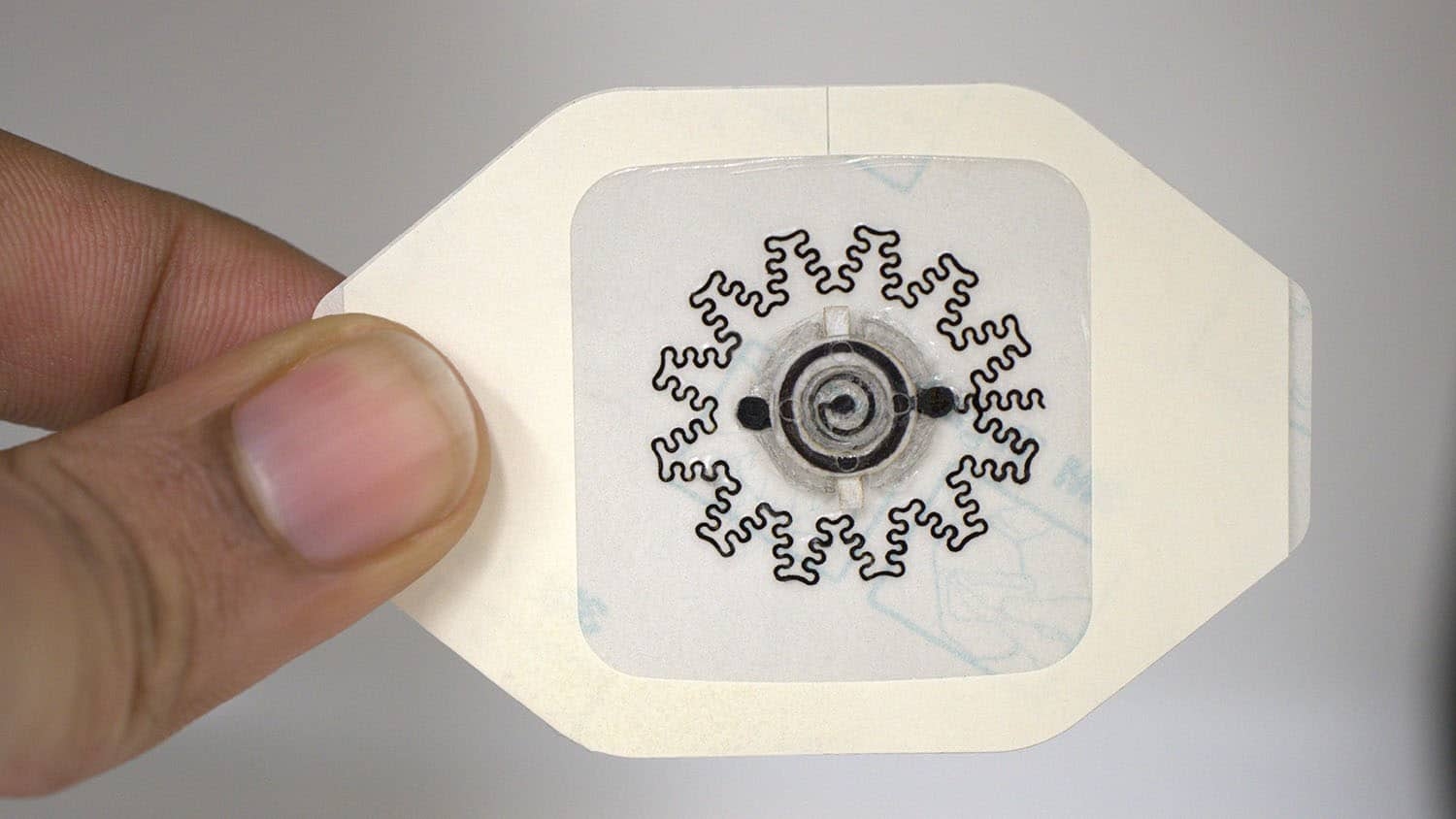biomedical engineering

Battery-powered bandages could become a simpler and more affordable treatment for chronic wounds

Electric bandage holds promise for treating chronic wounds

Synthetic platelets stanch bleeding, promote healing in animal models

Breaking through bacterial barriers in chronic treatment-resistant wounds

Chemical found in common sweetener damages DNA

CDC and Joint BME collaboration yields potential long-term HIV protection

Textiles researchers prepare stem cells to become organ tissue

Timothy Holder finds a field that pulls together many — but not all — of his interests
